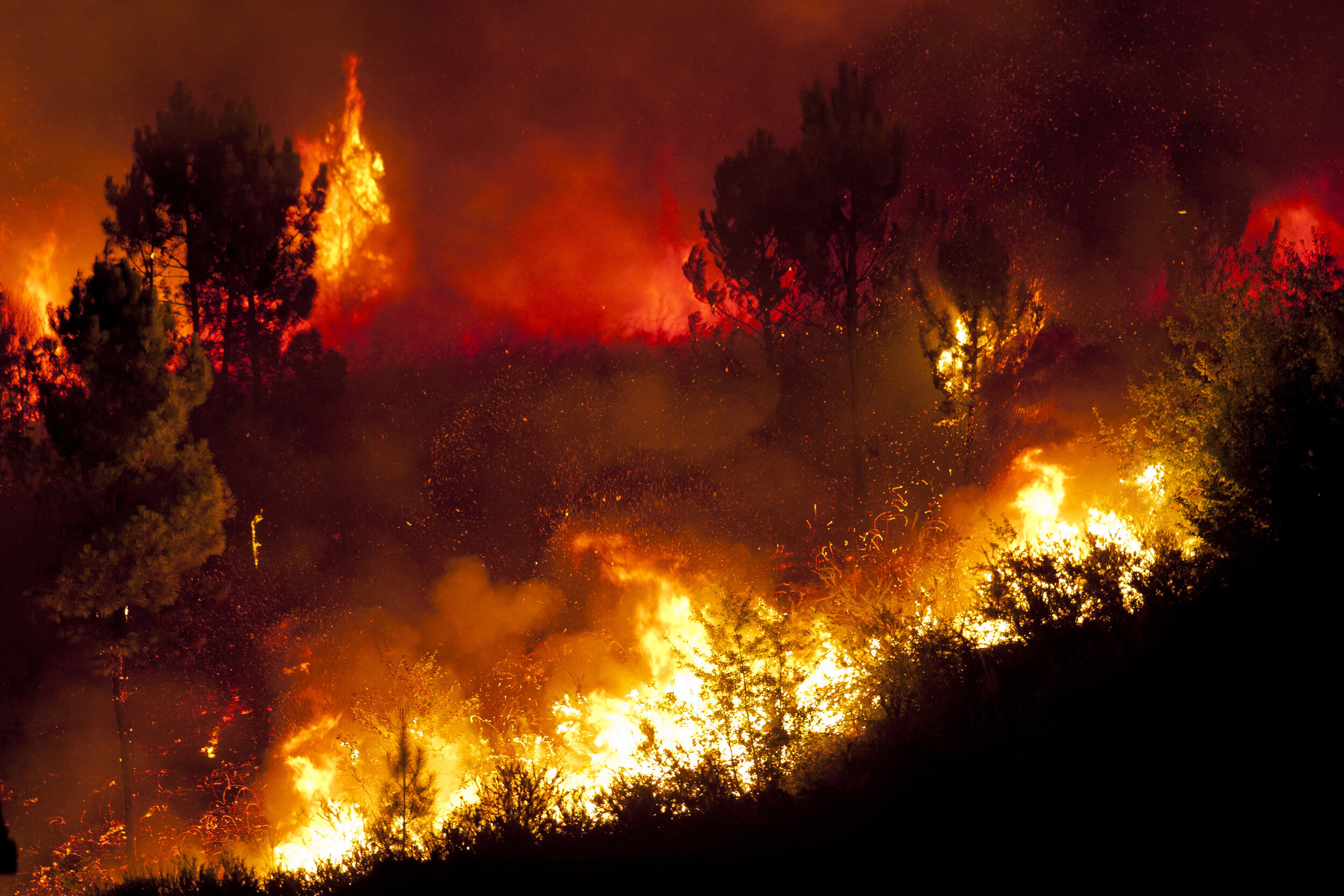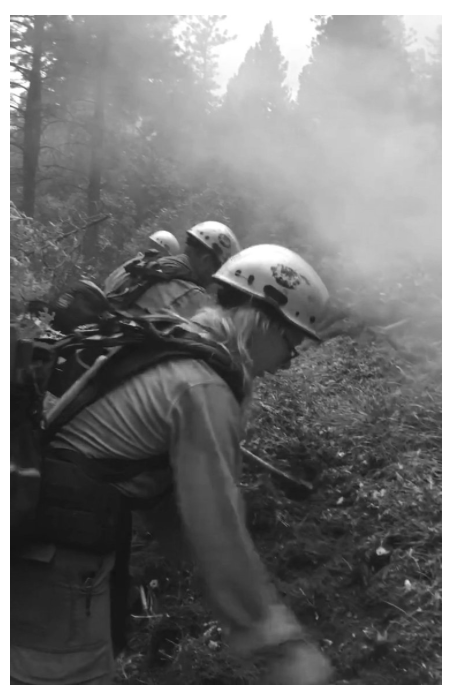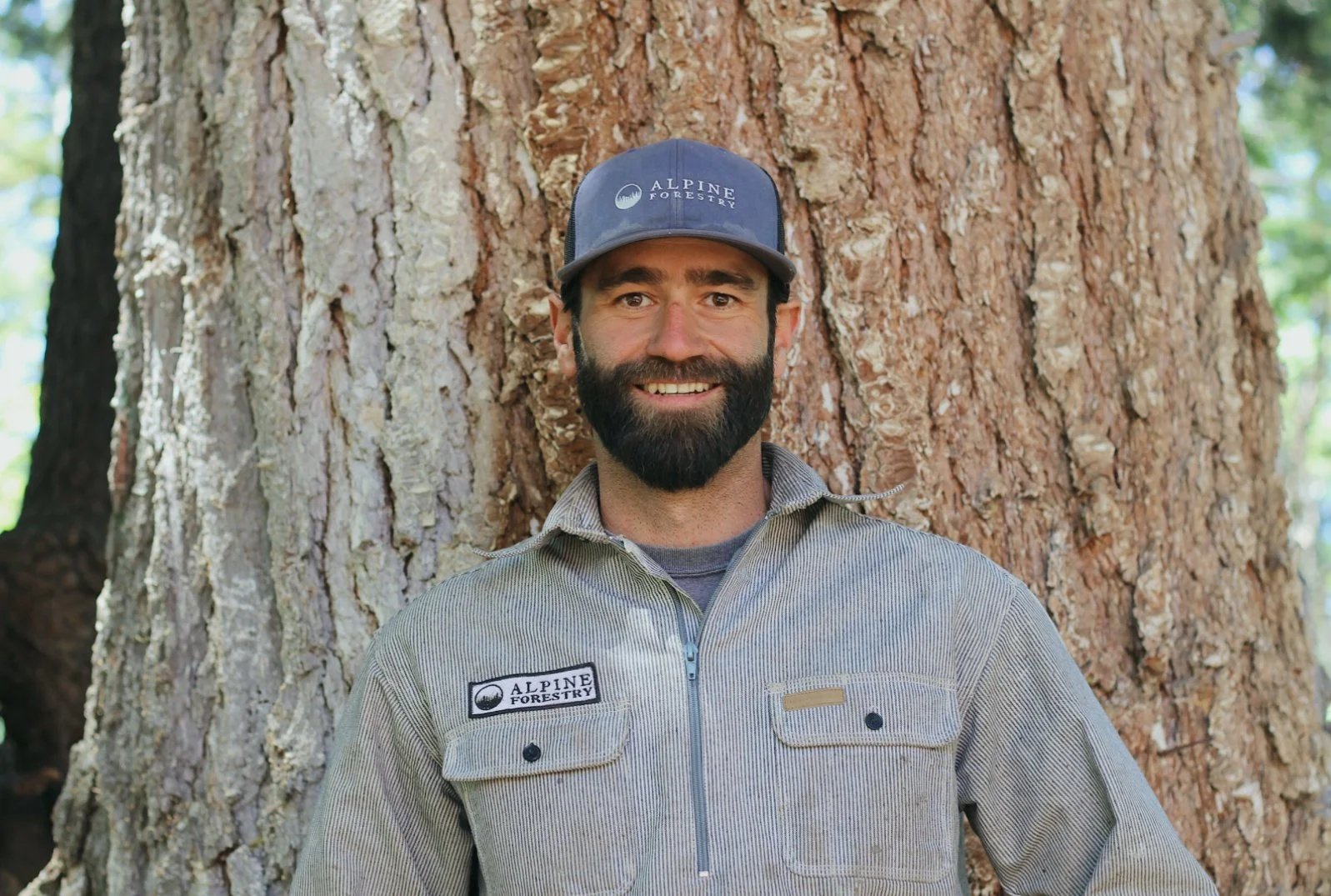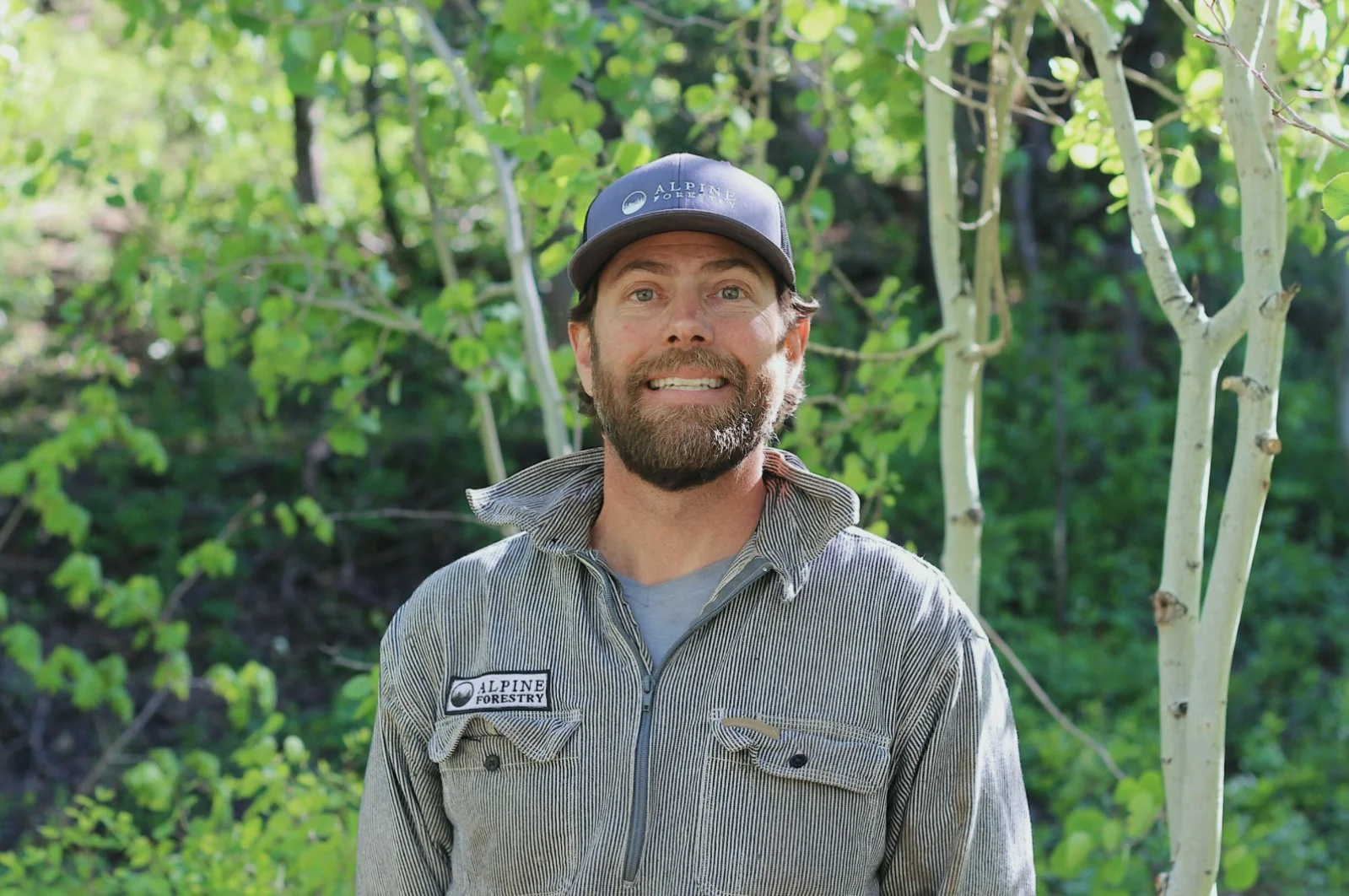
Wildland Fire Classes
Prepare your crew for the front lines with Beginner to Advanced Wildland Firefighting Classes, from the Pros.
Request which classes you’d like to schedule and when you’d like them scheduled. We’ll contact you shortly after your submission to confirm or propose new dates.
The Classes.
-
Introduces the Incident Command System (ICS)
Provides the foundation for higher-level ICS training.
This course describes the history, features, principles, and organizational structure of the Incident Command System.
It also explains the relationship between ICS and the National Incident Management System (NIMS).
The course is designed for entry-level personnel and those who may not have a direct role in emergency management but need a basic understanding of ICS to function effectively in incident support or management roles.
-
Builds upon the introductory concepts covered in ICS-100, providing more detail on how the Incident Command System is used in managing incidents and events.
This course is designed to enable personnel to operate efficiently during an incident or event within the ICS.
Provides training on and resources for personnel who are likely to assume a supervisory position within the ICS structure.
The training focuses on the management of single resources, establishing and managing command and control, and the management of simple incidents such as structure fires or minor hazmat spills.
ICS 100 and 200 are typically required for first responders, including fire service personnel, law enforcement officers, emergency medical technicians, and workers involved in emergency management and response.
-
Basic Leadership.
Focuses on human performance, communication, and decision making in high risk environments.
It introduces concepts of situational awareness, leadership under stress, and crew cohesion.
-
A leadership development course that teaches firefighters transitioning from followers to leaders.
It emphasizes leadership principles, communication, team dynamics, and decision making on the fireline.
-
Introduces a standardized approach to incident management and response used across the United States.
NIMS Concepts and Principles: the consistent nationwide framework and approach to enable government, private, and non-government organizations to work together efficiently and effectively.
Includes Incident Command System (ICS), Multiagency Coordination Systems (MACS), and Public Information.
The course covers key components such as command and management, preparedness, and resource management.
It is designed for individuals involved in emergency management and response at all levels, aiming to enhance coordination and efficiency during incidents.
-
Annual refresher course for S-130, providing:
Refresher wildland firefighter skills including fireline safety, suppression techniques, tool use, and equipment familiarization.
The course includes both classroom learning and hands on field exercises.
-
Provides entry level wildland firefighter skills including fireline safety, suppression techniques, tool use, and equipment familiarization.
The course includes both classroom learning and hands on field exercises.
-
Prepares firefighters to take on leadership roles on the fireline as a Firefighter Type 1 (squad boss).
The course covers advanced tactics, communication, and supervisory responsibilities.
-
Introduces the basics of wildland fire behavior covering how fuels, weather, and topography influence fire spread and intensity.
It helps firefighters understand fire behavior for safer and more effective operations.
-
Teaches the skills needed to be an Initial Atatck Incident Commander, responsible for managing wildland fires in their early stages.
It covers tactics, strategies, and the responsibilities of incident command.
-
Focuses on the use, setup, and maintenance of portable pumps to deliver water in wildland firefighting operations.
It includes hands on training with pumps, hoses, and other equipment.
-
Provides training on the safe and efficient use of chainsaws in wildland firefighting, particularly for felling trees, cutting wirelines, and other saw operations.
It emphasizes the safety, maintenance, and technical proficiency.
-
Focuses on tactics and strategies for fighting fires in the Wildland Urban Interface (WUI), where homes and infrastructure intersect with wildland areas.
It includes structure protection, evacuation, and resource management.
-
This course provides detailed training on the safe and effective use of firing devices such as drip torches, flare guns, and other ignition tools.
It covers the tactics, planning, and safety measures required to conduct controlled burns and backburn operations.
Fire behavior, safety protocols, and operational tactics are emphasized throughout the course.
-
Prepares experienced firefighters to take on a role of crew boss, leading a crew of wildland firefighters.
It includes leadership, tactical decision making, crew management, and safety.
-
Provides training for supervising and managing heavy equipment (bulldozers, excavators, etc.) used in wildland firefighting.
Topics include safety, tactical deployment, and working with operators.
-
Introduces basic principles of aviation operations in Wildland firefighting, including the safe and effective use of aircraft for firefighting, transport, and reconnaissance.
-
Builds on S-190 by providing more advanced knowledge of fire behavior.
The course covers how weather, topography, and fuels combine to affect fire spread, intensity, and potential control problems.
Train Hard, So It’s Not As Hard
Requirements in place, like the Pack Test, are not meant to break your crew. The intention is to prepare them for what’s to come and ensure everyone is ready for the job and its minimum expectations. That way, they can keep themselves and their crew as safe and efficient as possible.
A student of fire is always ready to learn and grow. Prepare with physical training, caring for your mental health, gauging home and travel expectations, and continued course learning. Start, or further, your journey today!
Your Instructors.
Most recent: Smokejumper for 5 years
19 years of in-depth fire experience on Smokejumper, Hotshot, Helitack, Engine, Fire Use Modules, and Fuels Management crews.
Notably one of the most skilled tree fallers in the industry.
C-Faller, C-Crosscut, and C-Evaluator
USDA Climber
Type 3 Burn Boss
Type 4 Incident Commander
Crew Boss
Firing Boss
Helicopter Crew Member +
Coordinated and supervised various resources while conducting fuels management projects on public lands: large-scale prescribed fire preparation and thinning, hazardous tree removal, and numerous complex projects.
Detail-oriented, knowledgeable wildland fire instructor and mentor — with an emphasis on technical hazardous tree felling.
David Telian • Founder & Co-Owner
Most recent: Smokejumper for 10 years
25 years of immense wildland experience on Smokejumper, Hand, Fuels, Engine, and Helitack crews across the US and Mexico.
Highly experienced in structure and wildland firefighting, vehicular fires, emergency medical, disaster response, hazardous material events, community planning, fire prevention, and rescue.
Certified Wildfire Mitigation Specialist
Type 4 Incident Commander
Task Force Leader
Strike Team Leader
Fire Effects Monitor
Field Observer
Safety Officer +
Provided and implemented Community Wildfire Risk Management and Incident Command Systems for prescribed fire and wildfire management across the country.
Makes complex wildland fire learning digestible for rookies and seasoned career firefighters alike.
Matthew Castellon • Co-Owner







